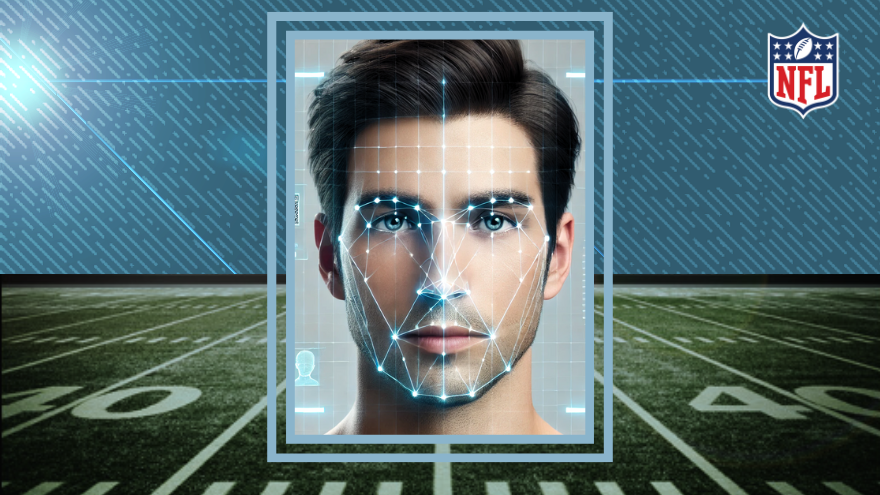This new system aims to streamline and secure the entry process for media, league officials, staff, and guests, according to Jeff Boehm, chief operating officer of Wicket, the company behind the technology. “Credential holders simply take a selfie before they come, and then Wicket verifies their identity and checks their credentials with Accredit (a credentialing platform) as they walk through security checkpoints,” Boehm said. “Fans come look at the tablet and, instantly, the tablet recognizes the fan,” Brandon Covert, the vice president of information technology for the Cleveland Browns, said in a testimonial appearing on Wicket’s website. “It’s almost a half-second stop. It’s not even a stop — more of a pause.” Wicket’s technology was piloted last year at six sports venues, including those of the Cleveland Browns, Atlanta Falcons, and New York Mets. Cathy Lanier, NFL Senior Vice President of Security, who has been developing this project for two years, highlighted the vulnerabilities in the current system. “It’s a system that’s outdated and has a lot of vulnerabilities. It’s easy to pass a fake credential off. It’s difficult for security personnel to read a complex credential that’s got 27 different codes on it,” he said. The new system is expected to enhance security by limiting access to secure areas, preventing the transfer and use of fraudulent credentials, and ensuring compliance with mobility restrictions. “One of the biggest things is accountability,” said Billy Langenstein, senior director of security services for the NFL. “[The league and the teams] know every single person who is being credentialed to work an NFL game, who they are, and the access levels they should have to do their job. And a big part of it is accountability for those individuals, embracing it, learning it and evaluating the safety and security of the program.” He added, “What we’ve done is we’re standardizing these policies and technologies, but also the access control points are consistent across the board, and coupled with the technology, so there’s consistency there.”The National Football League (NFL) has announced plans to implement facial recognition software at all 32 stadiums, starting with preseason games on August 8.
Sports /
NFL To Debut Facial Recognition Technology This Week
'Fans come look at the tablet and, instantly, the tablet recognizes the fan'

*For corrections please email [email protected]*
